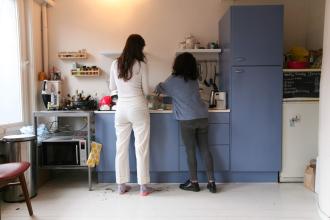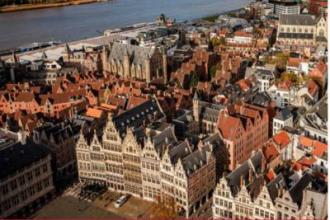How do you recognise safe student housing?
Student housing must meet statutory standards, both in terms of housing quality as well as fire safety. Obviously you cannot inspect everything yourself and you do not have to, there are experts for this. But you can easily do an initial inspection yourself. Some facts to check (please keep in mind that this is not a complete list and you can rely on the city of Antwerp experts to conduct a thorough inspection
The hallway:
- Free passage, no flammable materials present
- Evacuation plan, signs and lighting
- Banisters, which are also fixed at the top
- Anti-slip stair treads
- Fire fighting equipment, fire extinguishers (check the expiry date!)
- Lighting
- A front door that can close/lock
The kitchen:
- Tap with hot and cold water
- Refrigerator and gas or electric hob present
- Deep-fat fryer present? Then a metal cover should also be
- Fire blanket, fire extinguisher
- No gas cylinders present
The bathroom:
- Hot and cold water
- If a gas-operated water heater or non-electric heater is present, is there a ventilation grate at the bottom of the door and at the top of the wall
- No gas cylinders present, but a gas valve is if a gas connection is present
The room:
- Surface area standard: The standard size of a student room (bathroom and/or kitchen is common) is at least 12 m2, a standard bedsit or flat is at least 18 m2.
- At least 1 window that opens
- Smoke alarm
- Heating
Anything else to check?
- Logbook: ask the owner if all the appliances are inspected regularly. The owner can show you the test certificates and logbooks.
- No large patches of damp on the walls or water leaks in the building.
- Fire escape? Does not necessarily need to be present. It depends on e.g. the number of floors, number of occupants, the accessibility, the location of the building and therefore how easily it can be evacuated in case of fire. If you do not see a fire escape, just ask as the owner to identify the evacuation route. Not easy to find or still have questions? Ask advice from the city of Antwerp!


